In SQL server 2008, I have below table.

I do not how to use Pivot without giving for value in ([val1],[val2],[val2],..)
Any hep in this regard will be greatly appreciated.
Thanks.
create table [VJ1].[dbo].[pivot] (class varchar(25) null, name varchar(25) null)
insert into [VJ1].[dbo].[pivot] (class,name)
values ('class1','Peter'),
('class1','John'),
('class1','Marry'),
('class1','Ana'),
('class1','Julie'),
('class1','Lydia'),
('class2','Ryan'),
('class2','Aaron'),
('class2','Jacques'),
('class2','Jaanu'),
('class3','Nita'),
('class3','Nina'),
('class3','Lili'),
('class3','Rose'),
('class3','Jack'),
('class3','Tom')